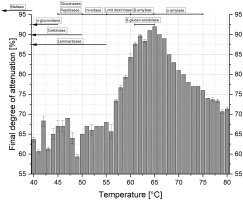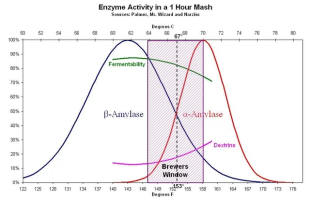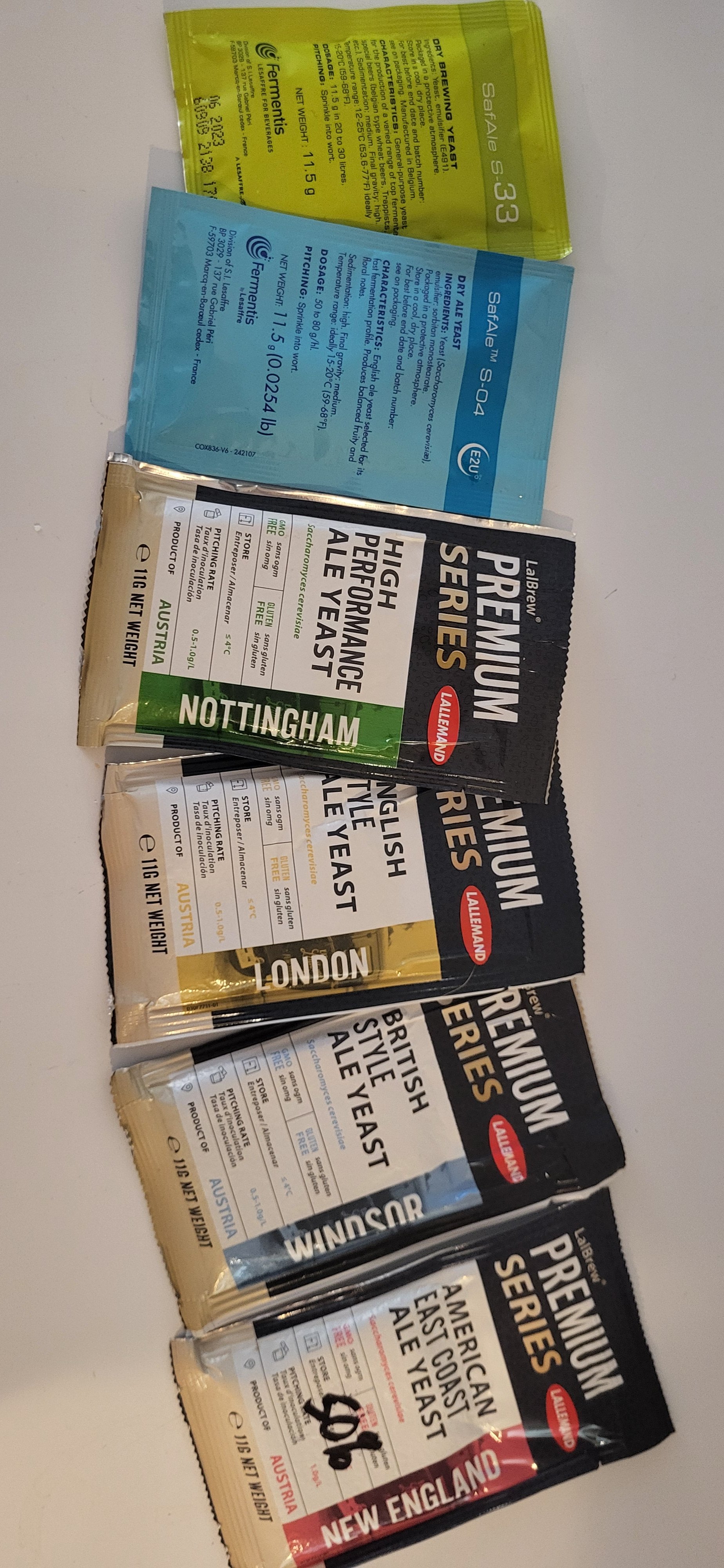What Lallemand did with New England was take two beers from different British craft breweries made with members of the Conan family, mix them together, and then culture something up from the blend as a way of dodging IP issues.
Conans tend to be a bit problematic as they are mostly cultured up from the very stressed dregs of Heady Topper cans, and also New England doesn't like being dried - at the time Conan was THE yeast everyone wanted so Lallemand put up with it, but the viability is way less than their other strains, their minimum cell count is 20% for NE versus their others.
WLP037 is one of only three Beer2 (saison family) strains among White Labs British yeasts, and one of two that are POF+ (which gives brewers a vastly distorted view of what British yeasts are really like, around 40% of the standard Brewlab list mention phenolics to some extent). General experience here is that it's very strongly phenolic, but generous oxygenation seems to keep it under control. Wiper And True even made a commercial "Yorkshire saison" with it, it sounds like the new release is a very different beast to what it's been in the past.


























![Craft A Brew - Safale S-04 Dry Yeast - Fermentis - English Ale Dry Yeast - For English and American Ales and Hard Apple Ciders - Ingredients for Home Brewing - Beer Making Supplies - [1 Pack]](https://m.media-amazon.com/images/I/41fVGNh6JfL._SL500_.jpg)


































